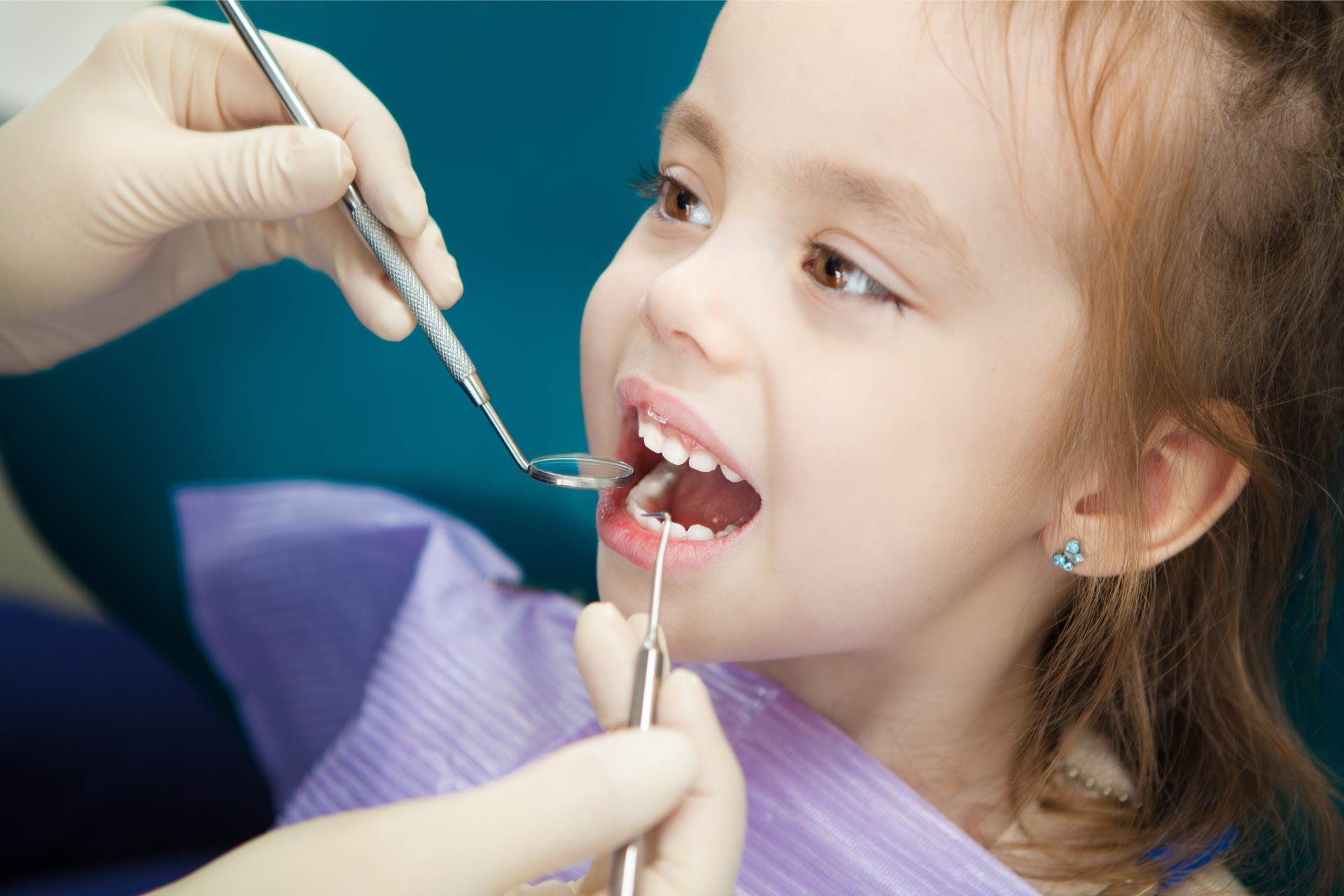What is already known on this topic
Dental caries is a common chronic disease of childhood, caused by the interaction of oral bacteria with sugary foods. Especially amongst young children in disadvantaged families, caries is difficult to diagnose at early stages causing irreversible cavitation. Cross-sectional studies have previously associated Streptococcus mutants to early childhood caries.What this research adds
Using a longitudinal cohort study model, the researchers characterized for the first time the development of the oral microbiome in 134 children during the first four years of life, correlating it with dental caries clinical manifestations. The study identified the abundance of certain bacterial oral species in children before caries formation.Conclusion
The findings suggest that saliva testing early in life could flag caries development in children, offering the opportunity to treatment before cavitation occurs.
S. G. Dashper and collaborators at University of Melbourne in Australia, have identified oral bacterial species that are elevated in children before they develop dental caries. Such microbes could serve as biomarkers for monitoring teeth health and to prevent irreversible caries complications.
Early childhood caries (ECC) is a major oral health problem, more frequent in socially disadvantaged populations and associated with frequent dietary carbohydrate intake.
ECC are preventable, however can be difficult to make a diagnosis before clinical manifestation. Cavitation is a late stage complication of ECC and it starts with dysbiotic changes in the species composition of the supragingival plaque microbiota that shifts from the commensal plaque biofilm, to a microbiome community enriched in acidogenic and aciduric species, as shown by previous cross-sectional studies.
The appearance of ECC has been associated to the abundance of the bacteria Streptococcus mutans and Streptococcus sobrinus in the supragingival plaque. Therefore, detection of changes in composition of the supragingival plaque microbiota could help detecting ECC before clinical complications onset.
Using a longitudinal cohort analysis model, this study characterized the oral microbiome development of 134 children over time, at six time-points from two months-of-age to four years-of-age, while monitoring oral health state. The microbiomes of their mothers was also analyzed at a single time point.
The researchers sequenced the oral microbiome from saliva DNA samples and identified bacterial species as Operational Taxonomic Units (OTUs), founding that:
- Saliva of infants showed an increase in the mean number of bacteria over time, from 7 bacterial OTUs at 1.9 months-of-age, to 28 bacterial OTUs at 13.2 months-of-age, together with a distinct shift in the composition of the microbiome.
- Five most abundant bacterial species, Streptococcus mitis group, G. haemolysans, S. salivarius group, H. parainfluenzae, and Granulicatella elegans, represented 90% of the total bacteria found in saliva at 1.9 months-of-age. This proportion declined to 70% by four years-of-age.
- The mothers had a distinct oral microbiome from the children with a microbiome of 54 species, in which S. salivarius was the major component. Its abundance was similar in infants only at two months-of-age.
After characterizing the temporal development of the oral microbiome in children, to monitor the formation and severity of ECC, the team applied the modified International Caries Detection and Assessment System (ICDAS II) criteria to their investigation. Then, combining statistical analysis to ICDAS II they identify bacterial species associated with disease development.
Considering specific time points, the clinical assessment revealed that all infants examined in this study had a healthy dentition up to 19.7 months and later on the severity of ECC varied across children with disease. There researchers also found that:
- In the youngest children at 1.9, 7.7 and 19.7 months-of-age, there were no significant differences in the oral microbiome.
- From 39 to 48.6 months-of-age instead, particular taxa in the oral microbiome such as S. mutans, S. sobrinus and V. parvula, were significantly more abundant in children who developed disease compared with those who remained healthy at 48.6 months-of-age.
- Leptotrichia shahii, Scardovia wiggsiae and Leptotrichia IK040 were also associated with disease but only at 48.6 months-of-age.
- On the contrary, other species including Prevotella nigrescens, three species of Leptotricia and Actinobaculum 12B759 levels were decreased in children who developed disease.
- Interestingly, at 48.6 months-of-age the prevalence of S. mutans started decreasing and children who developed disease at 60 months-of-age, compared with the healthy group had no differences in the levels of S. mutans.
The research data showed that S. mutans was the most discriminatory taxa for the prediction of clinical disease, suggesting that this species could serve as a biomarker in early years of life, up to 48.6 months-of-age. Therefore, the researchers did more investigations on S. mutans, revealing that there was no significant difference in its abundance in the saliva of the mothers whose children remained healthy and those who developed clinical signs of disease at late time points. Thus, the abundance of S. mutans was not predictive of ECC in their children.
In summary this study shows that while the oral microbiome follows an ordered and sequential development pattern during the first four years of life, elevated levels of S. mutans, S. sobrinus and V. parvula in saliva could work as markers for childhood oral dysbiosis. Identifying certain microbiome populations on time, would help preventing ECC irreversible clinical manifestations, especially in children at highest risk of dental disease.









